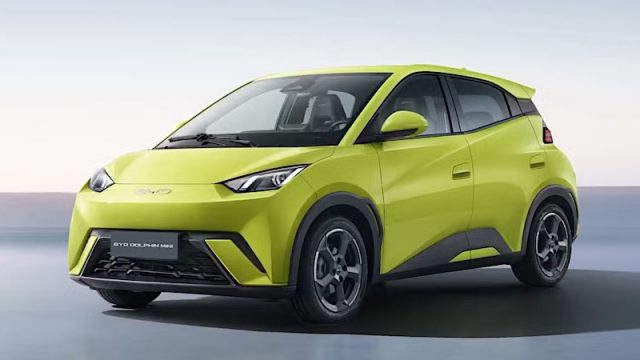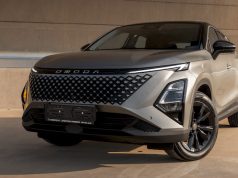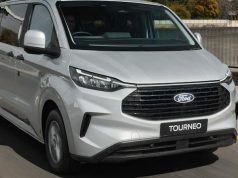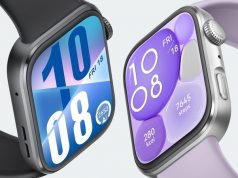South Africa’s electric vehicle (EV) landscape is set to experience a transformative shift in 2025 with the arrival of the BYD Dolphin Mini.
Known as the Seagull in certain markets, this compact EV is positioned to be the cheapest fully-electric car in South Africa, with an estimated starting price of R350 000. This makes it a direct competitor of fuel-driven hatchbacks like the Hyundai i20 1.4 Executive, Peugeot 208 1.2 Active, and Fiat 500 1.2 Style – all priced similarly.
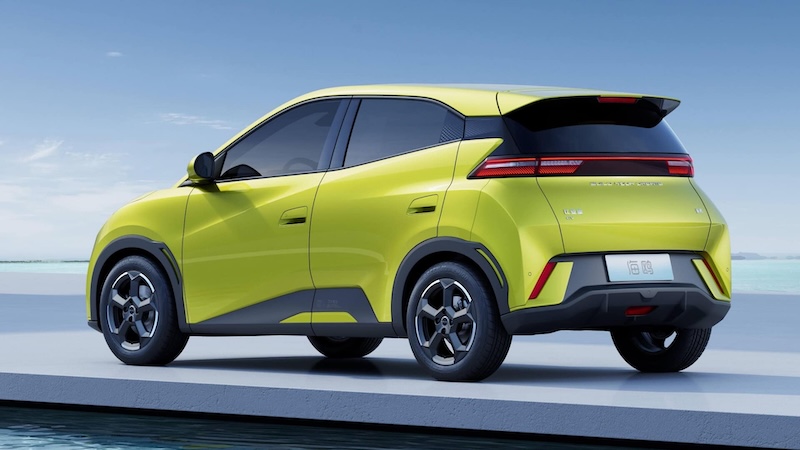
1. Small but perfectly formed
The Dolphin Mini brings a blend of affordability, practicality, and innovative technology. Slightly larger than a Kia Picanto and slightly smaller than a Hyundai Grand i10, this A-segment hatchback is designed for urban commuters who want to embrace the EV transition without breaking the bank.
Its compact size – 3 780 mm in length, 1 715 mm in width, and 1 580 mm in height – makes it ideal for city driving. Adventurous drivers will no doubt enjoy road trips, using charging infrastructure provided by operators such as GridCars, Rubicon and Chargify. (See this map for the location of public chargers in South Africa.)
Since its launch in China in April 2023, the Dolphin Mini has expanded to several international markets, including Brazil, under its “Dolphin Mini” branding. Designed under the leadership of Wolfgang Egger, formerly of Audi, Alfa Romeo and Lamborghini, the car combines European flair with BYD’s cutting-edge technology, offering South Africa an EV that is practical, stylish, and attainable.
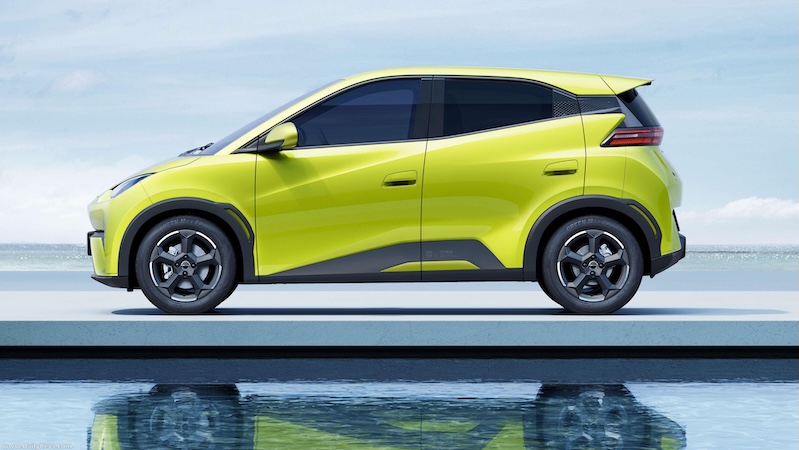
2. Impressive range for the price
BYD offers two variants of the Dolphin Mini:
• GL (low-spec): Equipped with a 30,1 kWh sodium-ion battery, this version delivers a range of 250 km and rides on 15-inch wheels.
• GS (high-spec): Features a 38,9 kWh lithium iron phosphate (LFP) battery, offering a range of 332 km. The GS gets an upgrade to 16-inch wheels.
Both versions use a 55 kW motor generating 135 Nm of torque, with an acceleration time of 4,9 seconds from 0 to 50 km/h. They share a top speed of 130 km/h.
Charging is fast and efficient. Using a DC charger, both variants can go from 30% to 80% in just 30 minutes. For AC charging the maximum capacity is 6,6 kW. This translates to estimated charging times of 5 hours for the GL and 6,5 hours for the GS when charging the battery from zero to 100%.
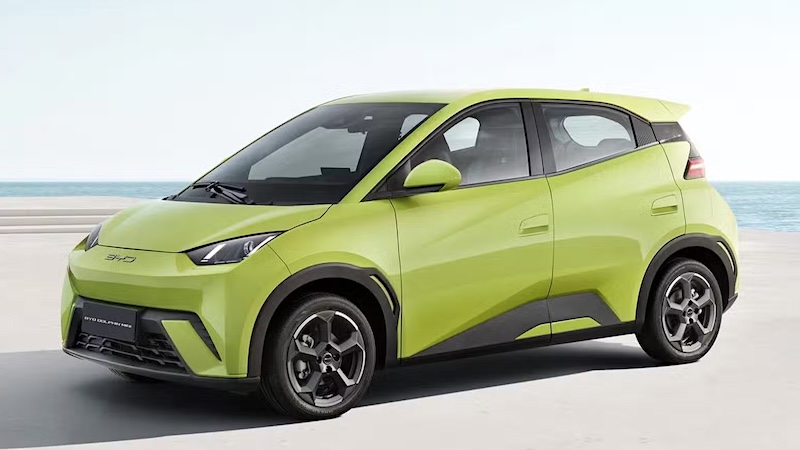
3. Affordable to buy and run
At pricing around the R350 000 mark, the Dolphin Mini disrupts the notion that EVs are unaffordable. It provides a realistic entry into the world of EVs while still delivering solid features. Its price also places it head-to-head with popular petrol-powered hatchbacks, offering South African buyers an environmentally friendly alternative without significant financial sacrifice.
The cost to ‘fuel’ the Dolphin Mini will be around 40 cents per kilometre when charging at home. This compares favourably to the fuel consumption of popular hatchbacks like the Renault Clio 1.0 Turbo and Volkswagen Polo Vivo hatch 1.0TSI that will cost approximately three times as much to fuel.
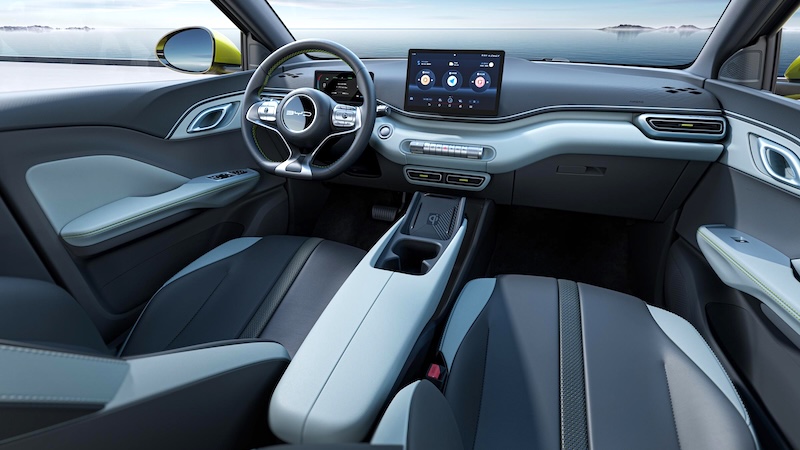
4. Doesn’t skimp on safety and luxury
As in other BYD vehicles, safety is a priority in the Dolphin Mini. The GL comes with four airbags, while the GS gets six.
Both variants include LED headlights, a rear-view camera, cruise control, ESP (electronic stability program), and Android Auto/Apple CarPlay for connectivity.
Features such as a rotating 10,1-inch central touchscreen and man-made “eco-leather” upholstery add a premium touch. Overall, the Dolphin Mini boasts an extensive list of desirable features.
The car has not yet been officially crash-tested by global safety organisations like Euro NCAP or its equivalents, but this should happen soon, as BYD ramps up the global roll-out of this model.
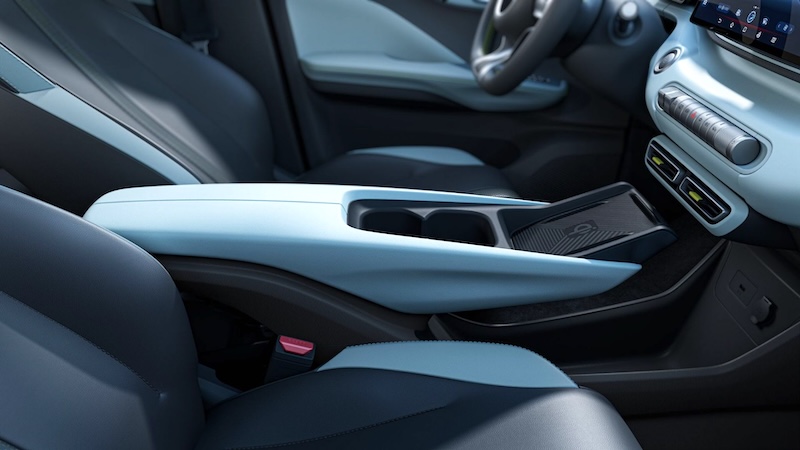
5. Cornerstone of a growing line-up
The Dolphin Mini will join an established line-up that includes the more expensive BYD Seal, Atto 3, and Dolphin, broadening BYD’s reach in the local market.
As the smallest and most affordable model in the range, it is poised to attract first-time EV buyers, businesses, electronic ride-hailing operators (Bolt, Uber, et al), and eco-conscious drivers alike.
According to Steve Chang, who heads up BYD South Africa, the brand’s local portfolio will offer a total of 10 or 11 vehicles by the end of 2025.
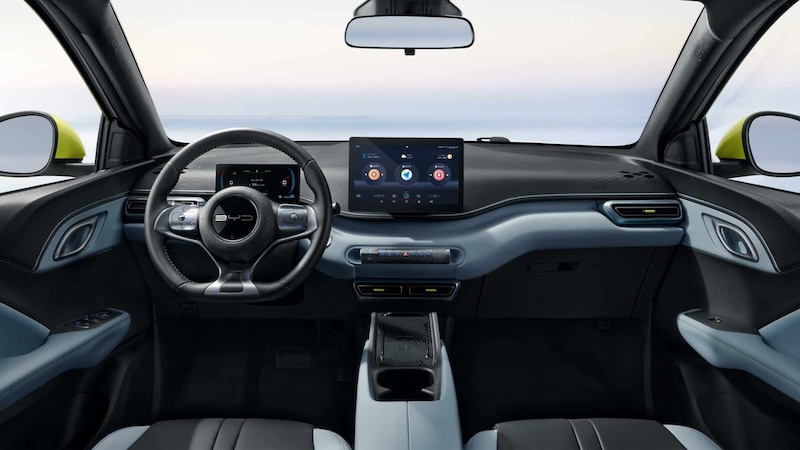
With the Dolphin Mini’s imminent arrival, BYD continues to lead the charge in making EVs more accessible worldwide, and its introduction in South Africa could mark the start of a new era for the country’s automotive industry.


